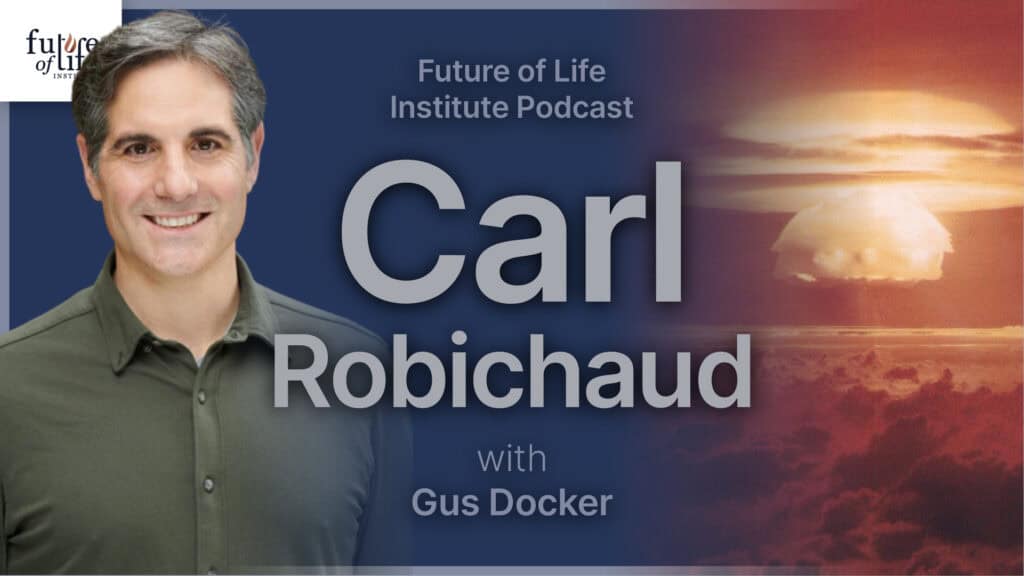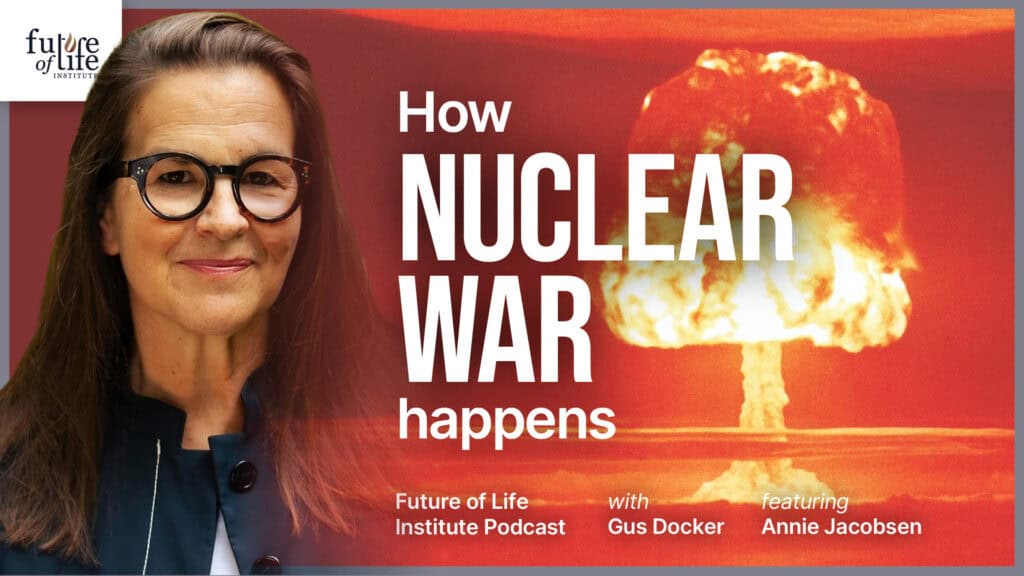Testimony by Fujimori Toshiki, Hiroshima Survivor
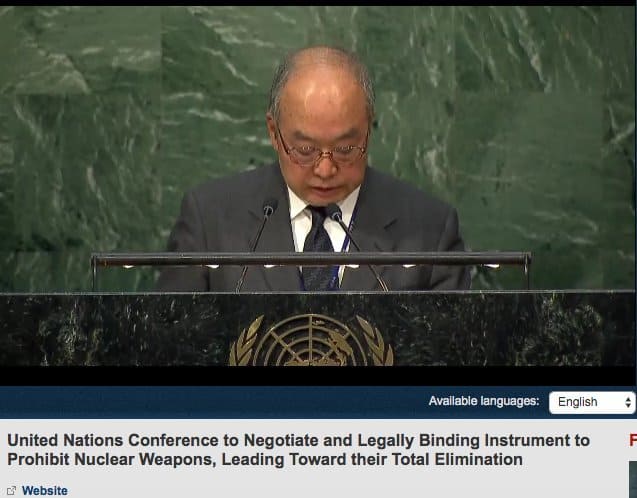
Contents
The following post is the statement presented by Hiroshima survivor Fujimori Toshiki to the United Nations on the first day of negotiations for a treaty to ban nuclear weapons.
United Nations conference to negotiate a legally binding instrument to prohibit nuclear weapons, leading towards their total elimination
New York, 27 March 2017
Testimony by Fujimori Toshiki, Assistant Secretary General of Nihon Hidankyo (Japan Confederation of Atomic and Hydrogen Bomb Sufferers Organizations)
President Ambassador Whyte, Distinguished Delegates,
I would like to thank the President for giving me the opportunity to speak.
My name is Fujimori Toshiki, and I am the Assistant Secretary General of Nihon Hidankyo, Japan Confederation of Atomic and Hydrogen Bomb Sufferers Organizations. I am one of the people who was exposed to the atomic bomb the U.S. forces dropped on Hiroshima on August 6, 1945.
Hibakusha established Nihon Hidankyo eleven years after the bombing. Since then, we have called for “No More Hibakusha” within Japan and abroad. The treaty you will be negotiating today must reflect this call of Hibakusha in express terms so that the world makes remarkable progress towards nuclear weapons abolition.
I was 1 year and 4 months-old when the bomb was dropped. We were a big family of twelve, consisting of my grandfather, father, mother, six elder sisters, two elder brothers, and myself. Two of my elder sisters and my two elder brothers had evacuated out of the city of Hiroshima to avoid air raids. The eight of us who stayed in Hiroshima were exposed to the bomb.
My fourth-eldest sister was 13 years old and was in her first year of an all-girls junior high school. She was around 400m from the hypocenter when the bomb was dropped. Together with her teachers and other students, my sister was there to demolish houses to create firesafe areas against air raids. All of 676 of them including my sister were killed instantly through direct exposure to radiation, the heat, and the blast from the bomb. It is said that all together in the city of Hiroshima, 8400 students in the first and second year of junior high schools were being mobilized for similar purposes that day. The lives of 6300 of them were lost.
I was sick that day, so my mother was heading to the hospital with me on her back when the bomb was dropped. We were 2.3 km from the hypocentre. Fortunately, a two-story house between the hypocentre and us prevented us from directly being exposed to the heat. Yet, we were thrown all the way to the edge of the river bank. My mother, with me in her arms, managed to get to the nearby mountain called Ushitayama. Our family members were in different locations at the time of the bombing, but everyone escaped to the same mountain of Ushitayama, except for my fourth-elder sister. For many days that followed, my parents and my sisters kept going back to the area near the hypocentre to look for my fourth-eldest sister, who was missing. We never found her. We never found her body either. In the meantime, I had my entire body covered with bandages, with only eyes, nose, and mouth uncovered. Everybody thought I would die over time. Yet, I survived. It is a miracle. I am here at the UN, asking for an abolition of nuclear weapons. I am convinced that this is a mission I am given as a survivor of the atomic-bomb.
Two hundred and ten thousand people died by the end of 1945 due to the atomic bombs the U.S. forces dropped on Hiroshima and Nagasaki. Hibakusha experienced hell on earth beneath the mushroom clouds. In fact, Hibakusha have continued to suffer for the twenty six thousand one hundred sixty six days until today, March 27th , 2017.
Nobody, in any country, deserves seeing the same hell on earth again.
Every year, on August 6th, my mother would gather all of us children and would talk to us about her experience in tears. I once asked my mother why she would speak about it if recalling the experience makes her suffer.
“I can’t make you go through the same experience.” That was her answer.
Her tears were her heartfelt appeal. She called, as a mother, for a world with no more hell on earth.
Three International Conferences on the Humanitarian Impact of Nuclear Weapons hosted by Norway, Mexico, and Austria, as well as the Joint Statements on the Humanitarian Consequences of Nuclear Weapons at the Preparatory Committee meetings for the NPT Review Conference and the First Committee of the UN General Assembly, repeatedly and strongly reaffirmed the following conclusions:
That whether intended or not intended, the effects of a nuclear weapon detonation are not constrained by national borders;
That no state or international body could address its immediate humanitarian emergency or long-term consequences;
That in the interest of the very survival of humanity nuclear weapons must never be used again; and
That the only assurance against the risk of a nuclear weapon detonation is the total elimination of nuclear weapons.
Many Hibakusha received these messages with thousands of thoughts about the long journey that they had come.
Nuclear weapon states and their allied nuclear-dependent states are against concluding a treaty to abolish nuclear weapons. Despite being the only country in the world that experienced the wartime use of nuclear weapons, the Japanese government voted against the UN resolution 71/258, which established this negotiating conference.
As a Hibakusha, and as a Japanese, I am here today heartbroken.
Yet, I am not discouraged.
Government representatives who are present at this conference, international organizations, and representatives of civil society organizations are making efforts to conclude a legally binding instrument to ban and eliminate nuclear weapons.
In April of last year, Hibakusha initiated the International Signature Campaign, which calls on all state governments to conclude a treaty to ban and eliminate nuclear weapons. We reached out to countries across the world, and last October, we delivered our first batch of five hundred sixty thousand signatures to the Chair of the First Committee of the UN General Assembly. Today, we have over one million seven hundred twenty thousand signatures. We will continue the campaign until 2020, and we aim to collect hundreds of millions of signatures.
Let us work together to achieve the nuclear ban treaty.
Thank you very much for listening.
「ふたたび被爆者をつくらない」核兵器を禁止し廃絶する
法的拘束力ある条約を
2017年3月27日
日本原水爆被害者団体協議会事務局次長
藤森俊希
議長および会議参加の皆さん、発言の機会を与えていただき感謝します。
私は、日本被団協事務局次長の藤森俊希と申します。1945年8月6日、米軍が広島に投下した原爆に被爆した1人です。
被爆後11年目にして日本被団協を結成した被爆者は「ふたたび被爆者をつくるな」と国内外に訴え続けてきました。被爆者のこの訴えが条約に盛り込まれ、世界が核兵器廃絶へ力強く前進することを希望します。
被爆した時の私は、生後1年4カ月の幼児でした。当時のわが家は祖父、父母、6人の姉、2人の兄と私の12人の大家族でした。空襲を避けるため広島市から避難した2人の姉、2人の兄以外、広島市に残った8人全員が被爆しました。
13歳で女学校 1年だった4番目の姉は、爆心地から400mあたりで建物疎開 に動員されていました。ここでは、放射線、熱線、爆風の直撃をうけ、私の姉を含む教師、生徒676人全員が命を落としました。広島市全体では中学1、2年に当たる学徒8400人が建物疎開に動員され、うち6300人が亡くなったとされています。
私は当日体調を崩し、母に背負われ病院に行く途中、爆心地から2・3K地点で母とともに被爆しました。偶然、親子と爆心の間に2階建ての民家があり熱線を直接受けることは避けられましたが、爆風で土手の下まで吹き飛ばされました。母は、私を抱いて近くの牛田山に逃れました。それぞれの出先で被爆した家族が牛田山に逃れてきました。4女が帰ってきません。父、姉、母が、4女の行方を探すため、動員されたであろう爆心地周辺に何日も出かけました。姉はついに見つからず、遺体も分からないままです。その間私は、目と鼻と口だけ出して包帯でぐるぐる巻きにされ、やがて死を迎えると見られていました。その私が奇跡的に生き延び、国連で核兵器廃絶を訴える。被爆者の使命を感じます。
米軍が広島、長崎に投下した原爆によって、その年の末までに21万人が死亡しました。キノコ雲の下で繰り広げられた生き地獄後も今日3月27日までの2万6166日間、被爆者を苦しめ続けています。
同じ地獄をどの国のだれにも絶対に再現してはなりません。
私の母は、毎年8月6日子どもを集め、涙を流しながら体験を話しました。辛い思いをしてなぜ話すのか母に尋ねたことがあります。
母は一言「あんたらを同じ目に合わせとうないからじゃ」と言いました。
母の涙は、生き地獄を再現してはならないという母性の叫びだったのだと思います。
ノルウェー、メキシコ、オーストリアで開かれた3回の国際会議、NPT再検討会議準備委員会、国連総会第一委員会での共同声明など、ねばり強い議論、声明が導き出した結論は、
「意図的であれ偶発であれ核爆発が起これば、被害は国境を超えて広がり」
「どの国、国際機関も救援の術を持たず」
「核兵器不使用が人類の利益であり」
「核兵器不使用を保証できるのは核兵器廃絶以外にあり得ない」
ということでした。
多くの被爆者が、万感の思いをもって受け止めました。
核兵器国と同盟国が核兵器廃絶の条約をつくることに反対しています。世界で唯一の戦争被爆国日本の政府は、この会議の実行を盛り込んだ(71/258)決議に反対しました。
被爆者で日本国民である私は心が裂ける思いで本日を迎えています。
しかし、決して落胆していません。
会議参加の各国代表、国際機関、市民社会の代表が核兵器を禁止し廃絶する法的拘束力のある条約をつくるため力を注いでいるからです。
被爆者は昨年4月、すべての国が核兵器を禁止し廃絶する条約を結ぶことを求める国際署名を始めました。世界各国に呼び掛け昨年10月、1回目の署名56万余を国連総会第1委員会議長に届けました。現在累計で172万余の署名が集まっています。億単位の署名を目標に2020年まで続けます。
法的拘束力のある条約を成立させ、発効させるためともに力を尽くしましょう。
ご清聴ありがとうございました。
About the Future of Life Institute
The Future of Life Institute (FLI) is a global think tank with a team of 20+ full-time staff operating across the US and Europe. FLI has been working to steer the development of transformative technologies towards benefitting life and away from extreme large-scale risks since its founding in 2014. Find out more about our mission or explore our work.
Related content
Other posts about Nuclear, Recent News
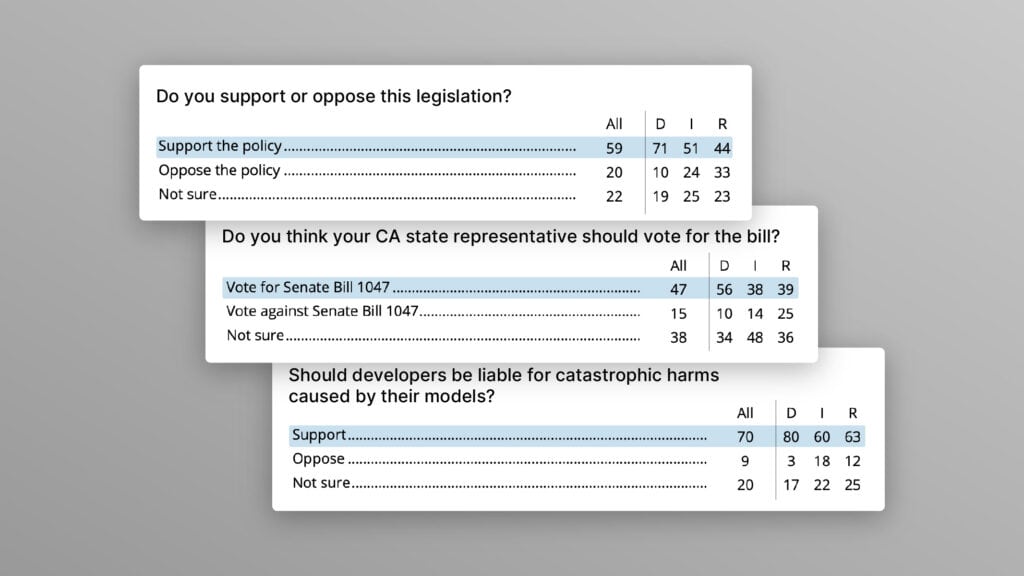
Poll Shows Broad Popularity of CA SB1047 to Regulate AI
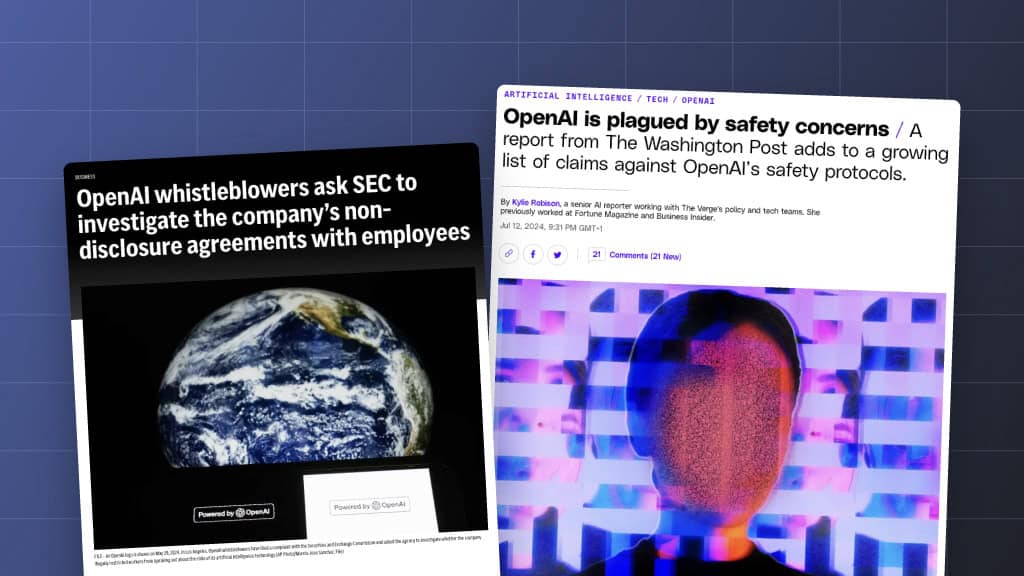
FLI Praises AI Whistleblowers While Calling for Stronger Protections and Regulation
